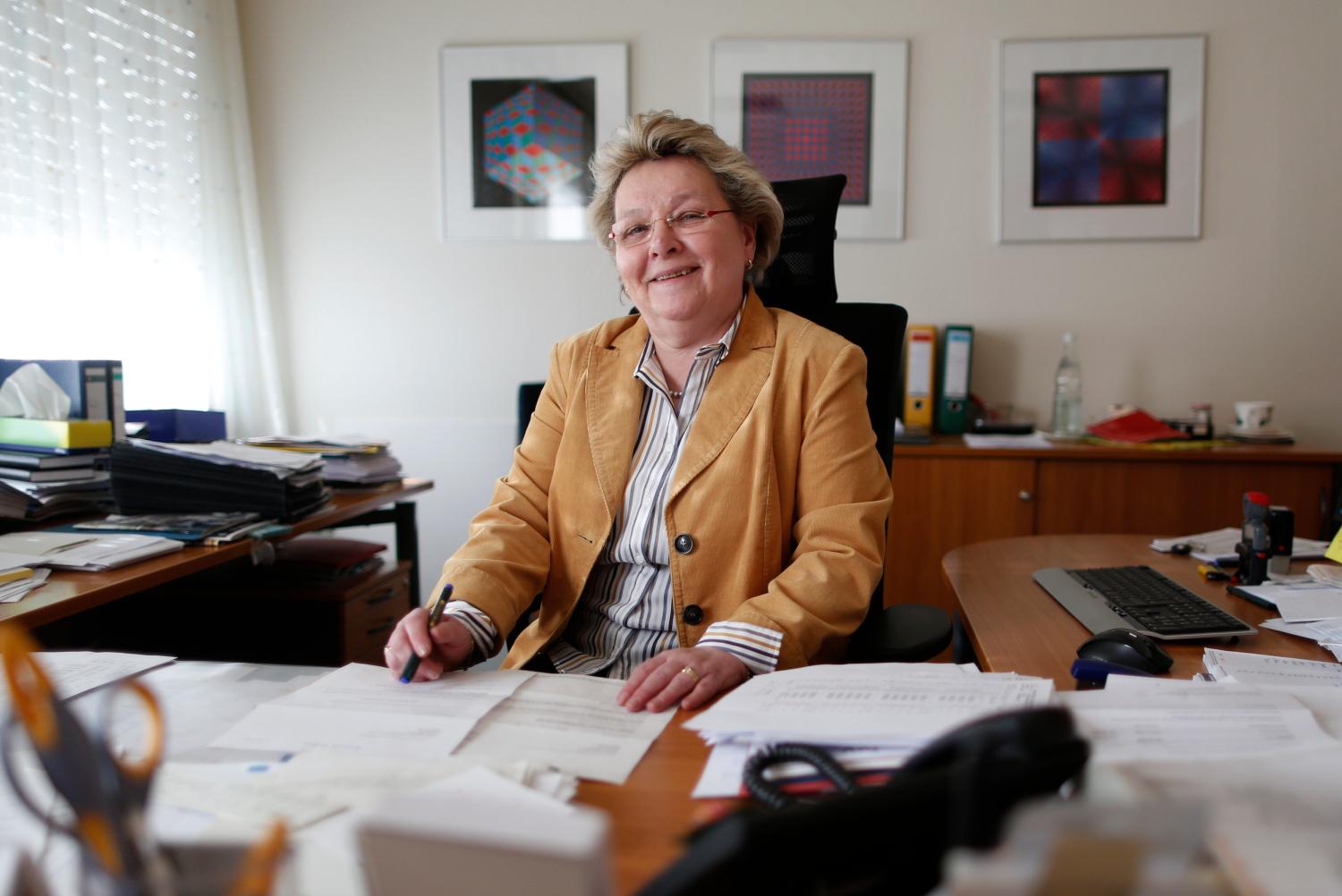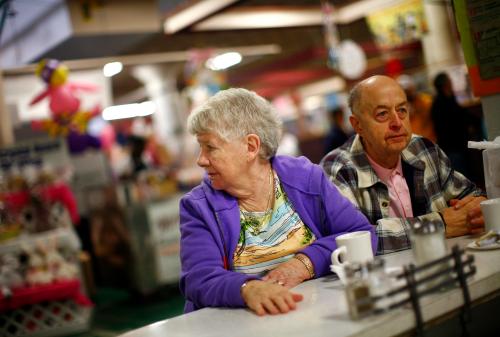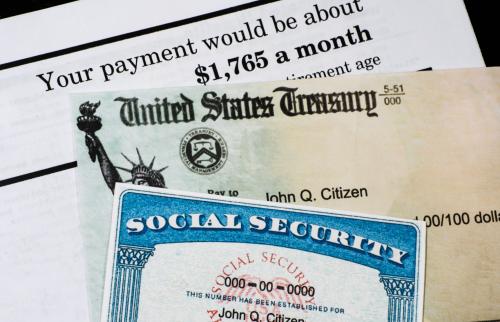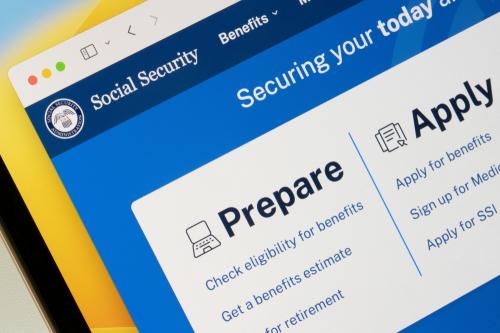COVID-19 has shaken America and the world, causing widespread social and economic upheaval. The most obvious and distressing cost is the tens of thousands of lives lost to the pandemic, but attendant costs range from shuttered businesses to an unprecedented hole in the federal budget. As policymakers and others continue to grapple with controlling the pandemic, the permanent scars from this episode have yet to become clear.
Indeed, the economic downturn is unlike anything the economy has ever experienced. Over the first three months of the pandemic, tens of millions of workers applied for unemployment insurance as employment fell 21 percent through late April.[1] As many as 20 percent of small businesses closed and bankruptcies skyrocketed. Housing construction fell by 19 percent relative to a year earlier before eventually rebounding, while the stock market fell by about one-third over five weeks.
As painful as this episode has been for all Americans, it has also been especially trying for older individuals. While seniors benefitted from the critical support provided through Social Security and Medicare, and to a lesser extent Medicaid, the nature of the COVID-19 pandemic introduced special challenges for this group. The most obvious and painful element has been the drastically higher fatality risks for retirement-age Americans, including in particular those in institutional settings. But older workers have also been disproportionately impacted: one recent study estimated that unemployment rate in April 2020 was 15.4 percent for workers aged 65 and older, compared to 13.0 percent for those aged 25 to 44.[2] And sadly, economists expect that a devastatingly high proportion of these jobs are lost for good.
Why have older workers faced higher rates of displacement in this recession? The evidence is not yet in but is likely linked to disparate health impacts of COVID-19 by age and the nature of employment for older workers. Many older workers remain in the workforce by taking “bridge jobs” to retirement. These bridge jobs, especially those held by women, are more likely to involve face-to-face contact and are less likely to be performed using remote technology—heightening the health risks from work. These employees may also face heightened discrimination if employers are concerned they are more likely to catch the virus and more likely to become seriously ill if they do catch it.[3]
On the health side, the impact is even more severe and likely longer lasting. As of July 2020, over 142,000 people have lost their lives, making COVID-19 one of the leading causes of death in the United States, with elevated fatality rates for older households. Hundreds of thousands of older Americans have become ill from the virus, with long-term consequences still unknown. Higher consequences for transmission have made shelter-in-place orders especially necessary for retirement-age individuals, likely exacerbating the loneliness epidemic that inflicts many older people. Nursing homes, which housed about 1.3 million mostly older Americans in 2016,[4] have become hotbeds for transmission, inflicting sharply higher death rates on residents. With our nation already facing a crisis in long-term care, the devastating impact of COVID-19 on people over 60 has called into question the very safety of a system which has disproportionately relied on institutional settings for much of the formal care.
While we are still in the midst of the pandemic and its full effects are not yet known, it appears the impact will transform retirement for years, if not decades. On the economic side, prolonged weakness in the stock market, if it occurs, would eat into retirees’ income and savers’ expected returns, causing both lower spending during retirement and the need for more saving during working lives. An extended labor market slump may disproportionately impact workers near retirement age, in part because older workers often face acute re-employment challenges during downturns and in part because older workers’ health is especially at-risk in many work environments. If the economic impacts bleed into the housing market, retirees could lose trillions in home equity. And the massive Federal Reserve (Fed) response may keep interest rates low for years, undermining savers’ efforts to build up nest eggs.
Some of the impacts of COVID-19 will mostly affect today’s retirees, such as the safety of elderly institutions, while low interest rates will impact both today’s retirees and those who have yet to leave the labor market. Naturally, the future impacts are generally less certain than those experienced today.
This brief discusses the ways these social and economic impacts may transform retirement. Because this pandemic is unique in modern times, there is massive uncertainty about the future, but we will make arguments based on empirical evidence as much as possible. Our central conclusion is that the pandemic will threaten the quality of retirement for today’s retirees and near retirees by undercutting resources for retirement, imposing steep (but necessary) social restrictions, and calling into question the safety of institutional care. The impact on future retirees is less certain, but could include weakened public entitlement programs, the need for higher rates of saving, and a heightened focus on community-based care.
In the final section of this brief we lay out steps that can be taken to mitigate the impact of COVID-19 on the economy, with a particular emphasis on helping older workers and retirees.
Read the full report here.
Martin Baily and Benjamin Harris received funding during the course of this research for a book on retirement policy from the Smith Richardson Foundation. Benjamin Harris consults on issues related to the housing industry and also serves as a Senior Economic Advisor for Joe Biden for President. Neither author is currently an officer, director, or board member of any organization with an interest in this article. No outside party had the right to review this work prior to publication at Brookings.
The Brookings Institution is a nonprofit organization devoted to independent research and policy solutions. Its mission is to conduct high-quality, independent research and, based on that research, to provide innovative, practical recommendations for policymakers and the public. The conclusions and recommendations of any Brookings publications are solely those of its author(s), and do not reflect the views of the Institution, its management, or its other scholars. Brookings recognizes that the value it provides is in its commitment to quality, independence and impact. Activities supported by its donors reflect this commitment.








